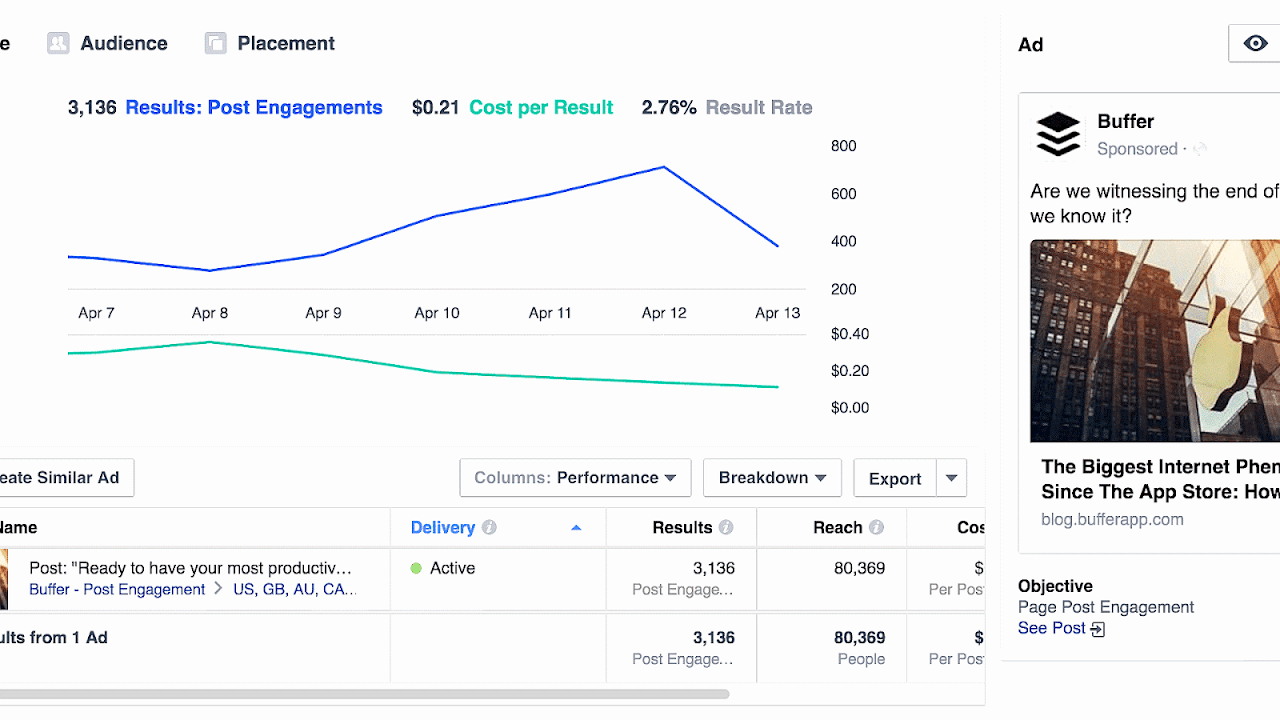
Social network advertising, also social media targeting, is a group of terms that are used to describe forms of online advertising that focus on social networking services. One of the major benefits of this type of advertising is that advertisers can take advantage of the users' demographic information and target their ads appropriately.
Social media targeting combines current targeting options (such as geotargeting, behavioral targeting, socio-psychographic targeting, etc.), to make detailed target group identification possible. With social media targeting, advertisements are distributed to users based on information gathered from target group profiles.
Social network advertising is not necessarily the same as social media targeting. Social media targeting is a method of optimizing social media advertising by using profile data to deliver advertisements directly to individual users. Social media targeting refers to the process of matching social network users to target groups that have been specified by the advertiser.

Maps, Directions, and Place Reviews
Application
People who use social networks store various information about themselves, including their age, gender, interests, and location. This stored information allows advertisers to create specific target groups and individualize their advertisements. The advantage for advertisers is that their ads can reach people who are interested in the product or service. The advantage for users is that they can see ads that appeal to them. Facebook, for example, the hugely popular social network, has developed a targeting technology which allows advertisements to reach a specific audience. This is why Facebook users see advertisements on their profile page that are tailored to their gender, music taste, or location.
Most Effective Facebook Ads Video
Operation
Within social communities users provide demographic information, interests, and images. This information is accessed by social media targeting software and enables advertisers to create display ads with characteristics that match those of social network users. The important component of social media targeting is the provision of the users' socio-demographic and interest information. By using this information, social media targeting makes it possible for users to see advertisements that might actually interest them. The availability of user data allows for detailed analysis and reporting, which is a big part of social media targeting and what makes it more effective than statistical projections alone.
Demographics
About three-quarters of Internet uses are members of at least on social network. 49% of U.S. adult women visit social media sites a few times a day, whereas only 34% of men visit them. The fastest-growing age group on Twitter is 55- to 64-year-olds, up 79% since 2012. And the 45-54 age group is the fastest-growing on Facebook and Google+. Social media use is still more common among the 89% of Internet users aged 18-29, versus 43% of those 65 and older.
Types of advertising
Popular social media sites, Facebook, Twitter, and YouTube, offer different ways to advertise brands. Facebook gives advertisers options such as promoted posts, sponsored stories, page post ads, Facebook object (like) ads, and external website (standard) ads. To advertise on Twitter there are promoter tweets, trends, and promoted accounts that show up on users newsfeeds. For advertising on YouTube there are branded channels, promoted videos, an in video advertising.
In July 2015, during their Q2 earnings call, Facebook revealed that it achieved $2.9B in mobile revenue, amounting to over 76% of its overall quarterly revenue. A large portion of this revenue was from app install ads, of which developers buy on a Cost per Install basis.
Another type of advertising is using a tool called "buy buttons". Some networks are already getting involved with "buy buttons', or being direct marketers for various products a business wishes to promote on their social media platform. Social networks like Facebook and Twitter are already involved with such partnerships, and this is still just the beginning. The "buy button" is the gateway to impulsive online shopping. These advertisements pop up in the news feed of social media interfaces and also give you the option to click a button and purchase the item right then and there. These account for just under 2% of online sales.

Advantages
- Advertisers can reach users who are interested in their products
- Allows for detailed analysis and reporting (including business intelligence)
- The information gathered is real, not from statistical projections
- Does not access IP-addresses of the users
Source of the article : Wikipedia


EmoticonEmoticon